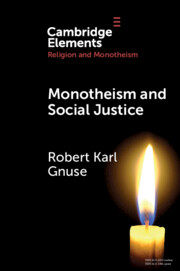Element contents
Monotheism and Social Justice
Published online by Cambridge University Press: 23 June 2023
Summary
- Type
- Element
- Information
- Online ISBN: 9781009223300Publisher: Cambridge University PressPrint publication: 20 July 2023
References
- 11
- Cited by

